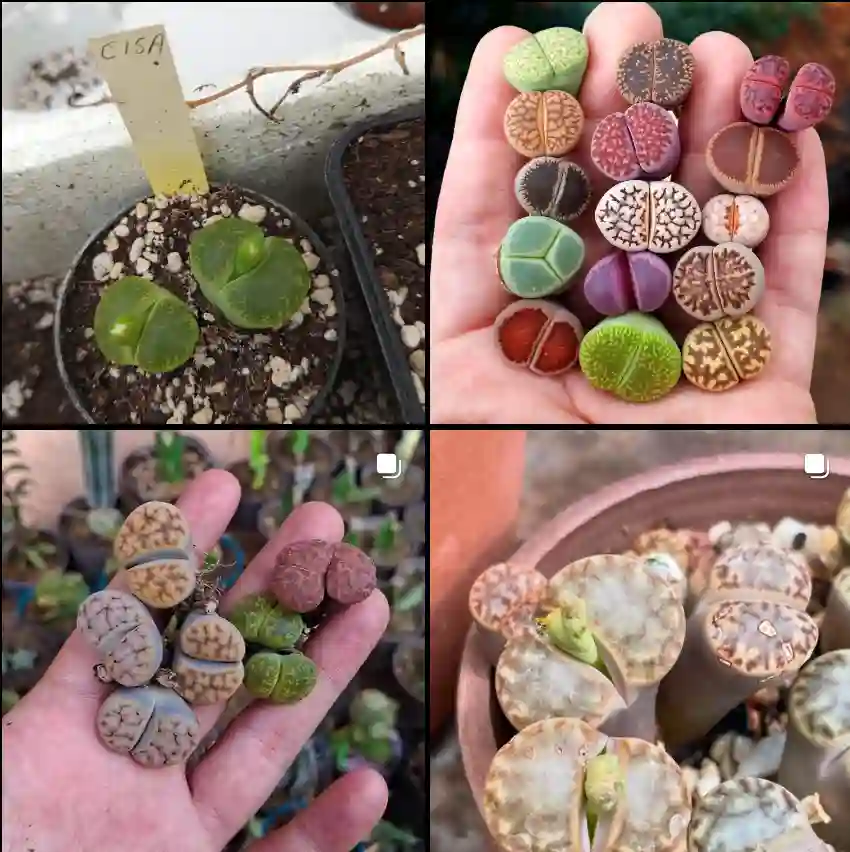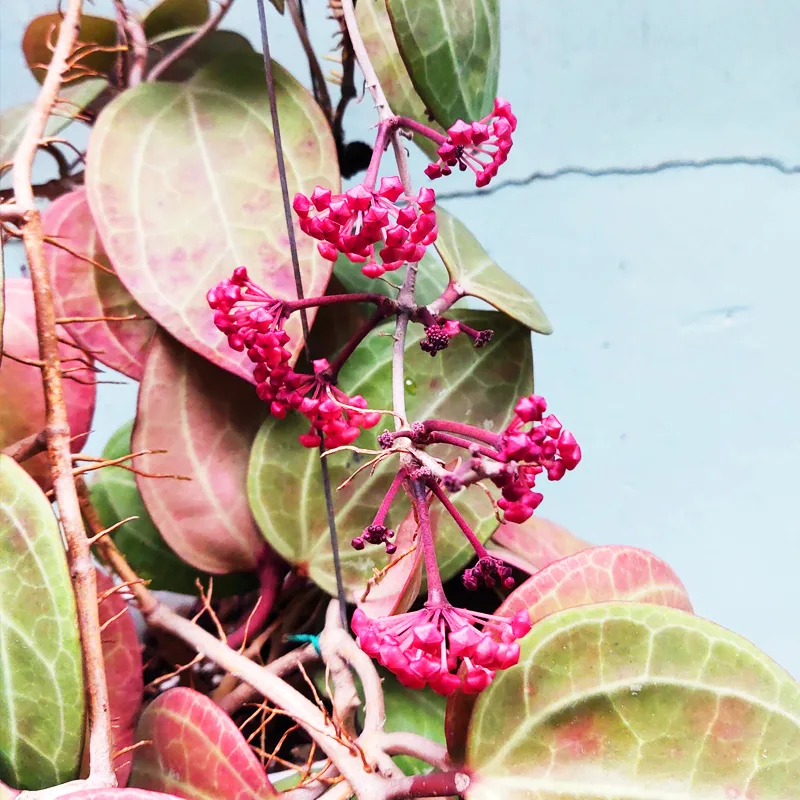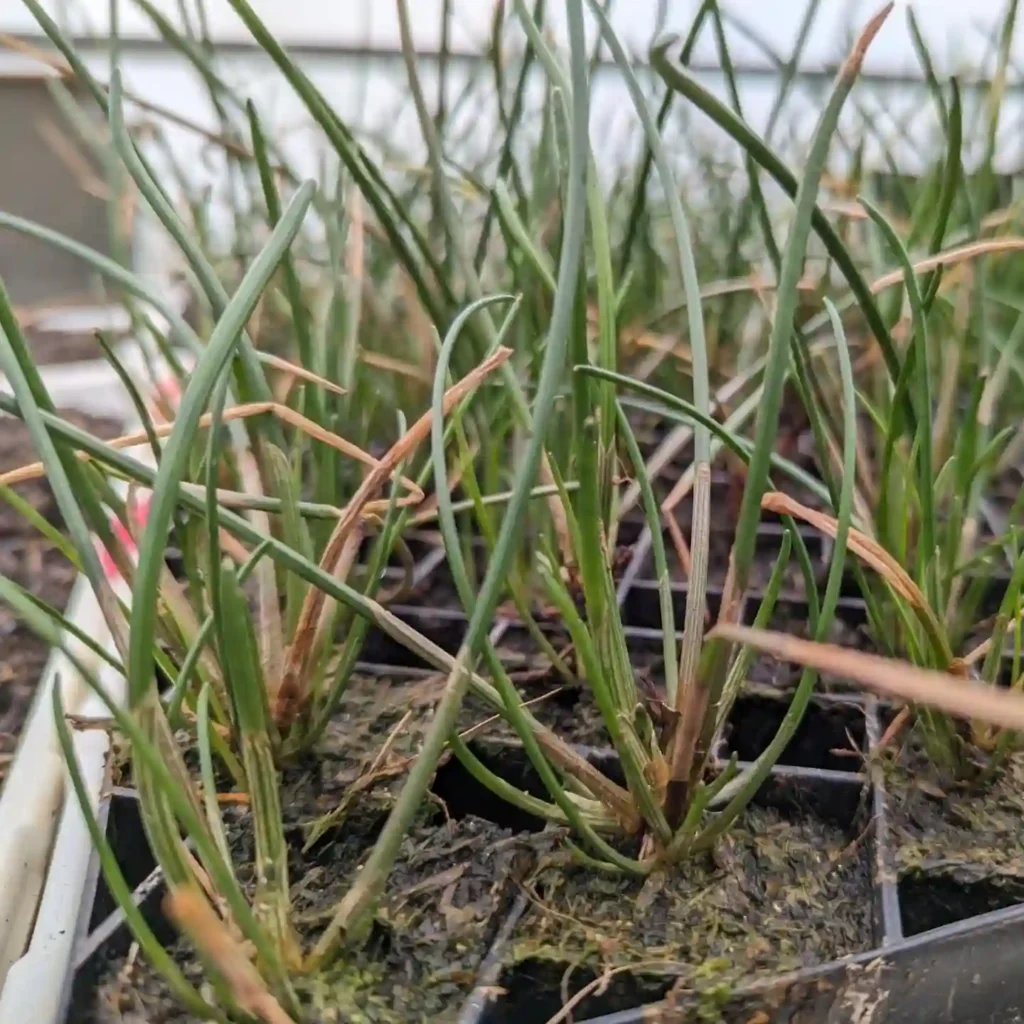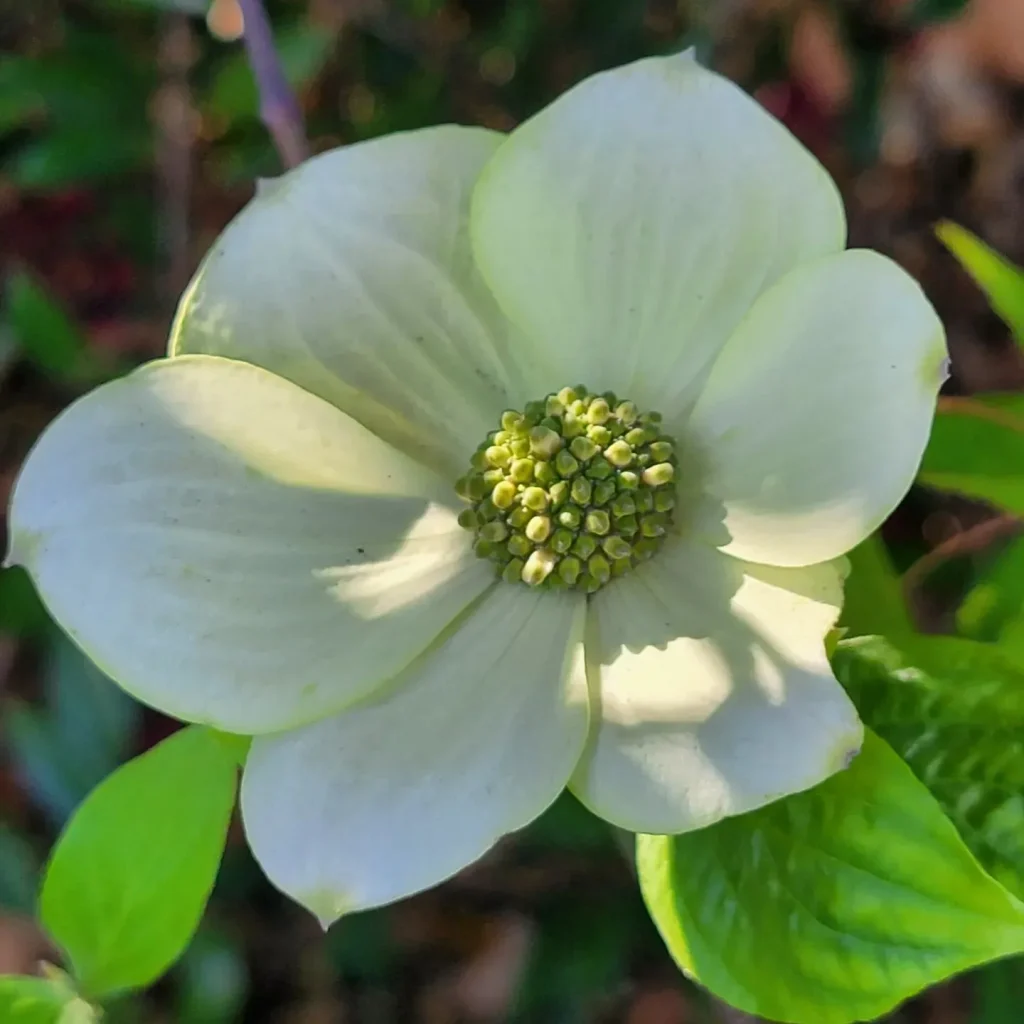
What is Crocus Tommasinianus?
For those of us who yearn for spring’s embrace, there’s a particular magic in witnessing the first blooms pushing through the winter’s cloak. Enter Crocus tommasinianus, a delightful bulb flower that delivers a cheerful punch of color even as the chill lingers.
252 Species in Genus Crocus
Over the years, these little charmers have become a staple in my garden. Their delicate, cup-shaped flowers in shades of lavender, mauve, or lilac, often splashed with silvery streaks, bring a touch of whimsy to any space. And let’s not forget their endearing resilience – they’re one of the earliest bloomers, often braving the remnants of winter to unfurl their petals towards the nascent sun.
But Crocus tommasinianus, also known as the Woodland Crocus, Early Crocus, or Tommasini’s Crocus, offers more than just fleeting beauty. They’re relatively low-maintenance, multiply readily, and naturalize beautifully, creating a captivating carpet of color in your garden over time.
Intrigued? If you’re ready to welcome these spring messengers into your own garden, here’s a guide to help you cultivate their magic:
When to plant Crocus Tommasinianus?
The best time to plant Crocus tommasinianus bulbs depends on your climate. In colder regions with harsh winters, aim for fall planting, ideally 6-8 weeks before the ground freezes. This allows the bulbs to develop roots before winter dormancy. In warmer climates with mild winters, you can plant them as late as early December.
How to plant Crocus Tommasinianus?
While Crocus tommasinianus tolerates some shade, they truly thrive in areas with at least 6 hours of direct sunlight daily. A sunny spot with well-draining soil is ideal. Avoid waterlogged areas, as these delicate bulbs are prone to rot.
Planting Crocus tommasinianus is a straightforward process. Here’s what you’ll need:
- Crocus tommasinianus bulbs
- Gardening trowel
- Organic compost (optional)
- Prepare the planting area by loosening the soil to a depth of about 6 inches. Consider adding some organic compost to enrich the soil if needed.
- Dig planting holes 2-3 inches deep, spaced about 3-4 inches apart.
- Place each bulb in a hole, pointy end facing upwards.
- Cover the bulbs with soil and water gently.
How to care for Crocus Tommasinianus?
Once planted, Crocus tommasinianus require minimal care. Here are some basic tips:
- Watering: Water regularly during the fall and spring when the plants are actively growing. However, avoid overwatering, especially during dormancy.
- Mulching: Apply a thin layer of mulch (such as shredded leaves or bark) around the planting area after the ground freezes. This helps retain moisture and protects the bulbs from harsh winter temperatures.
- Fertilization: While not strictly necessary, a light application of balanced fertilizer in early spring can give your Crocus tommasinianus a boost.
How to Propagate Crocus Tommasinianus?
The beauty of Crocus tommasinianus is that they readily multiply over time. Here are two ways to propagate them:
- Natural Division: After a few years, you’ll notice clumps of Crocus tommasinianus bulbs forming. When the foliage dies back in late spring or early summer, you can carefully lift the clumps and separate the bulbs. Replant them individually in other areas of your garden.
- Seed Propagation: This method is slower but can be rewarding. Seeds can be collected after the flowers fade. Allow them to dry completely before storing them in a cool, dry place for planting the following fall.
Planting Companions: Creating a Harmony of Blooms
Crocus tommasinianus pair beautifully with other early spring bloomers, creating a symphony of color in your garden. Here are some ideas:
- Scilla siberica (Siberian Squill): These charming little blue flowers complement the lavender hues of Crocus tommasinianus perfectly.
- Galanthus nivalis (Snowdrops): The pure white blooms of Snowdrops add a touch of elegance to the mix.
- Chionodoxa forbesii (Glory of the Snow): These star-shaped flowers come in a variety of colors and bloom alongside Crocus tommasinianus.
Conclusion: A Legacy of Spring
With their delicate beauty and resilience, Crocus tommasinianus are a welcome addition to any garden. They’re a testament to the enduring power of spring, a promise of renewal that brightens even the dreariest days and with minimal upkeep, they reward you with a vibrant display year after year. These little gems are perfect for naturalizing in woodlands, meadows, or along walkways, where their cheerful faces can bring a smile to anyone’s face. So, if you’re looking for a low-maintenance pop of color to herald the arrival of spring, look no further than the charming Crocus tommasinianus.
If i die, water my plants!



